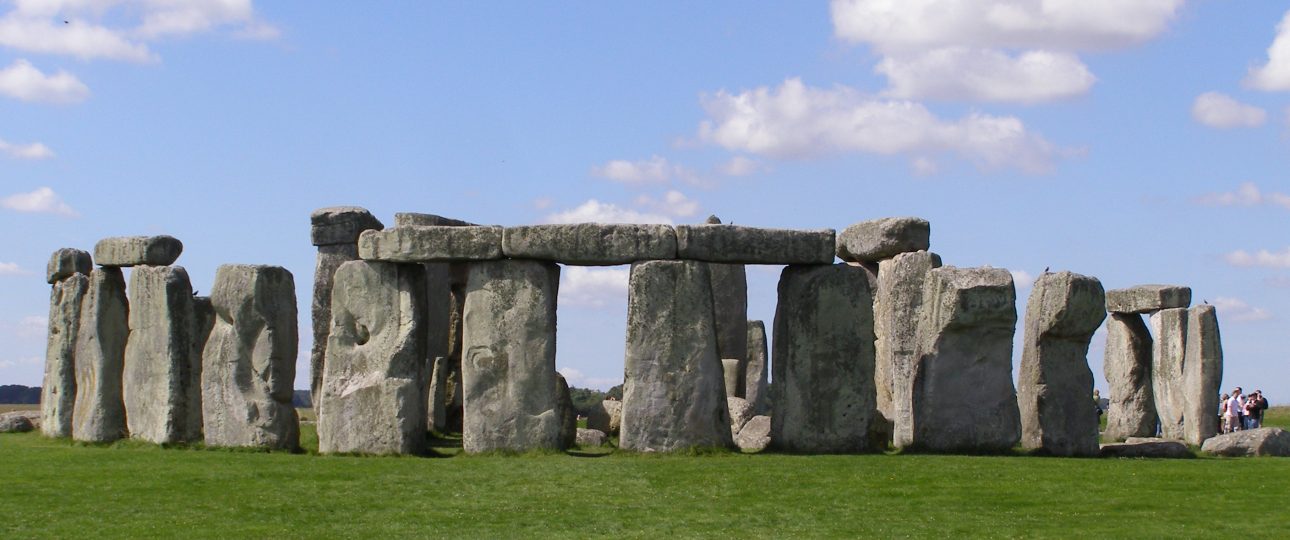Exploring Stonehenge: A Journey Through History
Understanding the Enigma
Stonehenge, located in Wiltshire, England, is one of the most archaeologically rich megalithic structures in Europe. This prehistoric monument, part of a UNESCO World Heritage Site, has intrigued historians and visitors alike. While significant progress has been made in understanding its origins, Stonehenge continues to captivate with its air of mystery.
A Historical Overview
The area around Stonehenge has been occupied since around 8000 BC, but the monument itself began taking shape around 3000 BC. Initially, an outer ditch and embankment were constructed, followed by the erection of standing timbers. By 2500 BC, Neolithic and Bronze Age people transported bluestones from Wales and sarsen stones from the Marlborough Downs. Stonehenge reached its final form around 1600 BC. Nearby sites like Durrington Walls and Woodhenge also date from this period, adding to the area’s historical significance.
The Stones and Their Origins
Stonehenge’s most striking feature is its massive stones. The outer ring is composed of towering sarsens, while the inner circle consists of smaller bluestones. These stones were transported from distant locations, showcasing the ingenuity and determination of ancient builders. The precision with which they were arranged continues to astonish modern visitors.
Celestial Alignments
One of Stonehenge’s fascinating aspects is its alignment with the solstices. During the summer and winter solstices, the sun rises and sets in perfect alignment with the stones, creating a stunning visual display. This alignment suggests that these celestial events held significant meaning for the ancient builders, reflecting their deep connection to the cycles of nature.
Planning Your Visit
Visiting Stonehenge requires some planning to make the most of your experience. Here are practical tips to ensure a smooth journey.
Best Time to Visit
Stonehenge is open year-round, but visiting during the shoulder seasons of spring and autumn offers mild weather and smaller crowds. If you’re in the area during the solstices, witnessing the sun’s alignment with the stones is a unique experience, though expect larger crowds.
Getting There
From London, take the M3 and A303 to Amesbury. Alternatively, you can catch a train from London Waterloo to Salisbury or Andover, followed by a bus or taxi to Stonehenge. The Stonehenge Tour bus is a convenient, albeit pricier, option for direct access to the site.
Local Transportation
Upon arrival, visit the Stonehenge Visitor Center, then take a shuttle bus or walk to the monument. The shuttle bus offers a quick and easy way to reach the stones. For a more in-depth experience, consider joining a guided tour to gain insights into Stonehenge’s history and significance.
Essential Facts
- Stonehenge is part of a World Heritage Site in Wiltshire, England.
- The monument dates back to around 3000 BC and was completed by 1600 BC.
- It consists of stones sourced from Wales and the Marlborough Downs.
- Stonehenge aligns with the solstices, creating a visual spectacle during these events.
- The best times to visit are spring and autumn for mild weather and fewer crowds.
- Access Stonehenge via car, train, or the Stonehenge Tour bus.
- Local transportation includes shuttle buses and guided tours from the visitor center.
Stonehenge offers a glimpse into our ancient past, inviting visitors to ponder its mysteries and marvel at its construction. Whether you’re a history enthusiast or simply curious, this iconic site promises a memorable experience.




